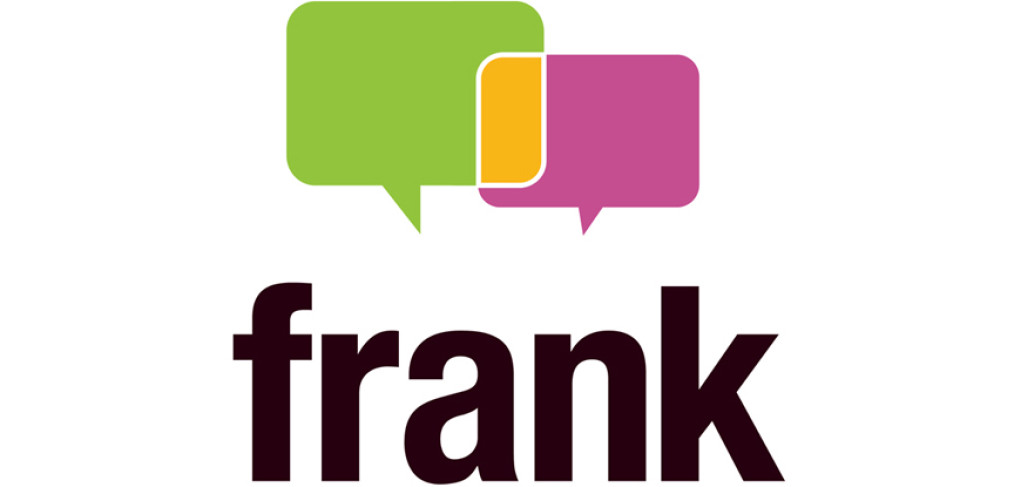
Frank – Why Traditional Media Still Matters
This article by Ripple Founders Shayna Samuels and Glenn Turner appeared in Frank on January 20, 2015. Original link can be found here.
A version of this post appears in How to Use the Media for Social Change, a report published by Ripple Strategies.
It is no surprise that newspapers are struggling, given the unlimited amount of free content available online. For years newspapers have been trying to develop an effective pay model for accessing digital content. But, for the most part, these attempts have failed. According to the Reuters Institute for the Study of Journalism’s 2013 Digital News Report, “only 12 percent of American consumers have paid for digital news content in the past year and . . . only 9 percent of those who haven’t paid for digital news in the past can see themselves doing so at some point in the future.”
The reduction of revenue and unique viewership throughout the industry has led to a marked shrinking of reporting power in traditional media outlets. If they haven’t closed up shop entirely, they are likely short on staff to conduct investigations, or unable to unearth and research stories before they explode on Twitter. Many overworked and underpaid reporters and newsroom staffers have quit–or been laid off–under the demanding pressures.
It doesn’t help that anybody with a mobile device can instantly upload original content to the Internet–and at times, report an ongoing situation more rapidly and accurately than a professional journalist. With such fundamental shifts in the industry–including recent announcements of major layoffs at The New York Times and USA Today–many are wondering if the death knell has sounded for traditional media.
We don’t think so. Social media has a ways to go before it becomes people’s primary source of news. First of all, it has credibility issues. During the Boston marathon bombings, for example, so-called citizen-journalists sat with their radios tuned to police scanners and then collectively–via the “front page of the Internet” website Reddit–claimed to have identified the bomber as missing Brown University student Sunil Tripathi. Tripathi’s family woke to floods of journalists arriving on their front steps, demanding answers. A few crazed hours later, when the real bombers were identified as the Tsarnaev brothers, the true nature of the social web was revealed. That is, that the Internet can create mass unfounded hysteria, just as the radio did when Orson Welles read War of the Worlds in 1938, leading people to believe that Martians were invading.
Social media has a ways to go before it becomes people’s primary source of news.
Second, although the Internet is often idealized as the “voice of the people,” free from corruption and without an agenda, that is hardly the case with social media platforms, which are fundamentally in the business of selling data and ads. Their job is to get people to spend as much time as possible on their platforms, so that they can collect as much information about individual users as possible, which they then provide to advertisers. They play an active role in coaxing content from every Tom, Dick, and Siri they can, resulting in a massive movement of citizen journalism, whereby everyday people are collecting, reporting, analyzing, and disseminating information. “Influencers” are then offered generous incentives to tweet or write about certain products or ideas. Analytics on search histories and Internet activities can be used to target content to readers that they are likely to believe is authoritative, when it often is not.
Finally, when we examine the data surrounding trends in media consumption, it is clear that despite the fact that people spend ample time on social media, when it comes to searching for reliable information, Facebook and Twitter are often just gateways to the New York Times or Wall Street Journal websites. Indeed, the Pew Research Center’s 2013 State of the Media report shows the use of social networking sites is not mutually exclusive with the use of traditional media sites. In fact, in many cases, social media encourages people to seek out more traditional media. Traditional outlets are still viewed as sources of authoritative content, while social media acts as an aggregator–a series of impressions and opinions–rather than a collection of reliable facts.
People crave authority; they want to know where to look when issues are unclear, and information is either too sparse or too abundant. And like it or not, traditional media outlets capitalize on this innate human desire, signaling to viewers that something is credible, well-researched, or factual by attaching familiar faces and names to the stories they produce.
The central role of traditional media is often overlooked by the many groups who are clamoring to capitalize on the social media craze. Thinking of it as a “free” way to get the word out, organizations on a budget often look to social media as a foundation for their communications strategy. But social media is far from free; done properly, an online communications campaign requires valuable time–and often a significant amount of money as well. While many digital tools are free, the time, technology, and expertise needed to gather a following and keep the momentum going, is anything but. And, depending on the exact nature of the campaign, it can be incredibly helpful to integrate a social media strategy with traditional PR, to generate the kind of high profile, respected media coverage that an organization deserves.
Traditional media signal that something is credible, well-researched, or factual by attaching familiar faces and names to the stories they produce.
In short, social and traditional media are inextricably dependent on one another for success. In order to create buzz–which is what sustains social media platforms–there must be something to create a buzz about. And as long as the demand for original and authoritative content exists, traditional outlets will remain in business to satisfy it. And the greatest power of all comes from recognizing and facilitating how each type of media amplifies each other.
